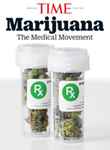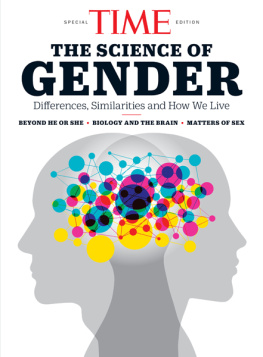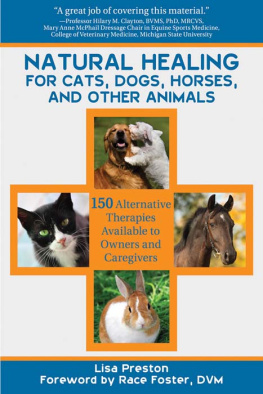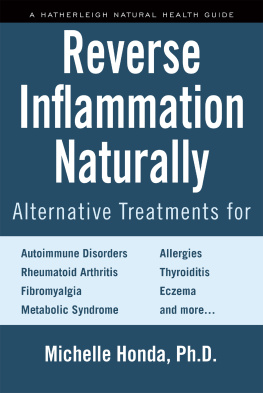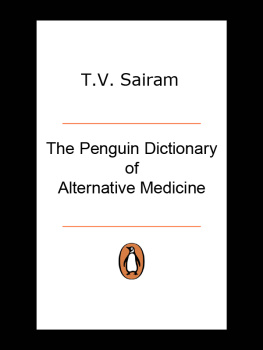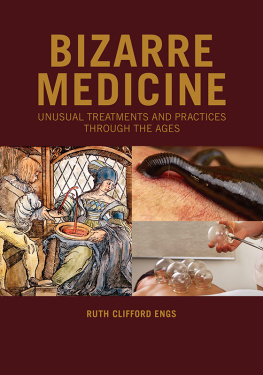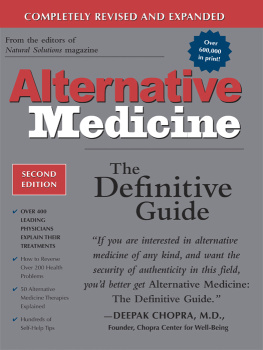

Alternative Medicine
THE NEW MAINSTREAM
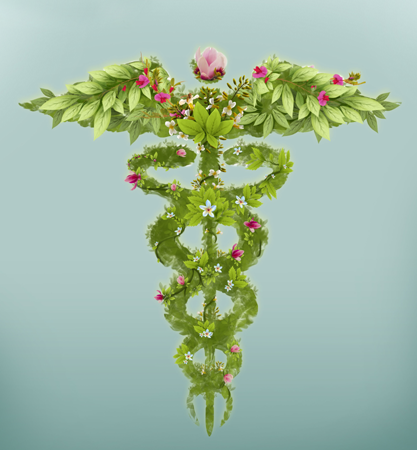
NEW ROADS TO WELLNESS
Ancient healing traditions pose a challenge, and offer a complement, to modern biomedicine. And vice versa. Thats a good thing
BY DAVID BJERKLIE

THE HISTORY OF MEDICINE HAS NO BEGINNING. HUMANS HAVE DEVISED healing traditions ever since we became, well, human. But whether the traditions are Indian, Chinese, African, North or South American, or Greco-Roman, they all share, in the words of Claire M. Cassidy, an executive editor at the Journal of Alternative and Complementary Medicine , the goals of alleviating the suffering of the sick, promoting health and protecting the wider society from illness. Each of these traditional healing systems, explains Cassidy, offers answers to fundamental questions about the body, life, death and the role of the healer. This is as true for healing traditions that are practiced only locally, among a single rain-forest tribe, as it is for traditions that have spread across continents.
All of this also applies, of course, to the healing tradition that most of us refer to as modern medicine, the health-care system that delivers organ transplants, billion-dollar cancer drugs and imaging technologies that track the subtle flow of blood in the brain. This is a system, notes Cassidy, that can barely function in the absence of electricity, computers, laboratories and perfect sanitation. Its no wonder that the word modern seems so self-evident and justified. Medical history, too, is written by the victors.
At the same time, we are increasingly aware of modern medicines discontents. The nearly crushing cost of modern health care is just the most visible problem. Too much of a good thing, it turns out, can sometimes be a bad thing. It has been estimated that one third of all medical interventions are unnecessary, says Marc Micozzi, author and editor of the textbook Fundamentals of Complementary, Alternative and Integrative Medicine , now in its sixth edition. Throw in medical mistakes, including fatal ones, adds Micozzi, along with the spread of drug-resistant infections, and we have hospitals that are too often health hazards in their own right. And if that isnt enough, there is also the steady creep of alienation stoked by industrial-scale medicine.
It is no wonder, then, that these discontents continue to fuel the boom in what is most commonly referred to as alternative medicine. That name, which people both inside and outside the field still struggle with, can trigger alarm by suggesting that proponents of such therapies believe they should be an alternative to, or suggest the exclusion of, conventional biomedicine. In practice, these therapies are nearly always used to complement conventional treatment. They are additions, not substitutes. The goal, for most practitioners as well as users, is to reach the point at which a broader range of approaches can be integrated into our health-care system.
THE HISTORY OF THESE CONCERNS IS REFLECTED in the very name of the initiative founded in 1992 by the National Institutes of Health (NIH) amid considerable controversy. First established as the Office of Alternative Medicine, the program was relaunched in 1999 as the National Center for Complementary and Alternative Medicine (NCCAM) and renamed again, in 2014, as the National Center for Complementary and Integrative Health (NCCIH). Name changes alone cannot smooth all waters, however, and there are still plenty of arguments over the validity and value of many alternative therapies.
And yet there are indeed signs of integration. Boundaries between what is considered alternative and what is mainstream are blurring, at least in some areas. Yoga, massage and meditation, even acupuncture, are becoming as accepted in many settings as physical therapy and advice on diet and exercise. There is also a renewed appreciation for less-medicalized approaches that have never been saddled with the designation alternative in the first place. The use of behavioral therapies continues to expand, for example, and the reach of social support groups has never been more extensive, whether their focus is cancer, grief or addiction. Even the simple, commonsense suggestions to make friends and enjoy nature are now being given the stamp of research approval as paths to improved health and well-being.
All of which is affirmation that evenand perhaps especiallyin an era in which we are constantly being primed for the next revolution in genetics or drug development, the need for healing on multiple fronts is apparent. The lesson we should embrace, says Micozzi, is that when it comes to medical intervention, we should start with the least expensive, least invasive approach. Instead, we too often do the opposite. Take back pain, for instance, says Micozzi. People turn to alternatives only after surgical and drug treatments have been exhausted. Alternative treatments have too often been the approach of last resort, born of desperation, when patients feel they have no other recourse.
The evidence is steadily mounting that this is changing. Increased acceptance fuels increased demand, and the other way around too. Major hospitals across the country have established integrative care centers that offer a range of complementary therapies for a growing number of diagnoses. Yes, complementary care is no doubt, at least in part, a marketing strategy, but even that fact attests to the rising acceptance of and demand for such treatments. True integration may still be an ambitious goal, but not so unrealistic as once thought.
THE POTENTIAL OF ALTERNATIVE TREATMENTS has been given striking new visibility by the opioid crisis, an example of conventional biomedicine dramatically failing its patients. In September 2019, a symposium on the NIH campus in Bethesda, Md., celebrated the 20th birthday of the NCCIH. The keynote address, by Lorimer Moseley of the University of South Australia, and much of the ensuing discussion were focused on the need for alternative approaches to pain management. Pain conditions are among the most disabling of all health problems, affecting an estimated 50 million Americans. And while our medicine cabinets are awash with effective pain medications, they come with serious risks. In 2017, opioid overdoses claimed 47,000 lives.
The symposium also addressed conditions that often accompany chronic pain, including anxiety, depression, sleep disorders and fatigue, as well as conditions that give rise to pain, such as cancer and trauma. Other research explored the use of probiotics for kidney stones, the discovery of new antimicrobial compounds in plant extracts and the potential of hot yoga to treat symptoms of depression.
In kicking off the 2019 symposium, NIH director Francis Collins acknowledged that when NCCAM was launched, there wasnt universal support for the unconventional initiative. But the reasons it has persisted have proven to be sound, said Collins, who lauded the program for its exciting and important set of research opportunities. Research dollars being spent in integrative medicine, said Collins, are not a cost, but an investment in human health.
Nearly 25 years ago, C. Everett Koop, former surgeon general to President Reagan, wrote that it was important to take a close look at alternative approaches, not to offer these treatment modalities blindly but to expose them to the scientific method. Koop, who elevated the surgeon generals office to national importance, observed that physicians have to depend on factson empirical datawhen they determine treatment strategy for a particular patient. And if we dont have enough facts? We can conduct the necessary studies and assemble the data that doctors and health-policy makers need, a type of biomedical research that would be a prudent long-term investment.
Next page
